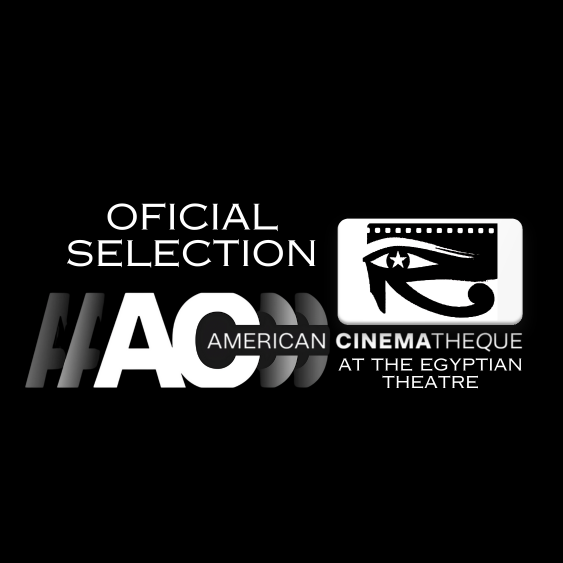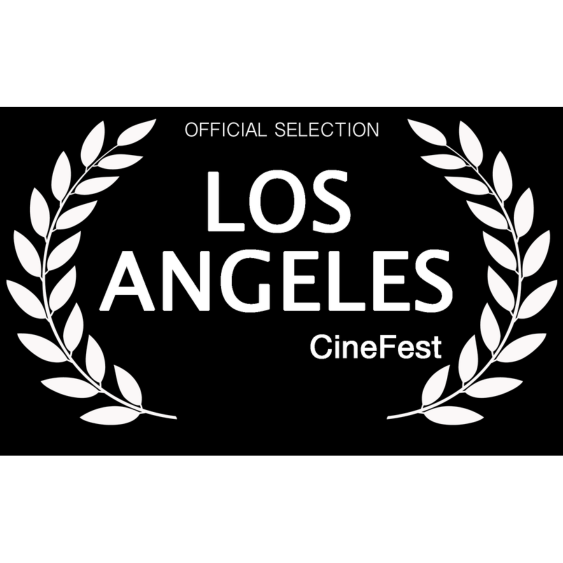Preserving cultures, inspiring communities through film art storytelling
Angelica Sarkisyan is an award-winning cinematographer and filmmaker dedicated to transforming vision into visceral impact. Through her visual storytelling she crafts immersive visual experiences that challenge convention and amplify untold narratives. she’s the pulse of a raw, unfiltered narrative. Award-winning cinematographer and filmmaker, Angelica captures the world’s gritty truths, stripping away the gloss to reveal what lies beneath. Every frame she crafts is a visceral confrontation with reality, demanding to be felt rather than just seen. Her work is a rebel cry against the sanitized, a relentless pursuit of authenticity that challenges both the viewer and the status quo.
Dreams Of The Hydra is an award-winning film that delves into captivating essence of the natural world through the lens of a Canon 1014XLS and a 40x dark field microscope.
In a world driven by technology, Angelica Sarkisyan’s lens becomes a bridge between the past and the future, safeguarding the oral traditions and secret knowledge that have been passed down through generations. Through her storytelling, these timeless voices find a place in the modern narrative, ensuring they are not lost to the rise of artificial intelligence but cherished as the roots of our shared humanity.

There is more exiciting
“The difficulty is our reluctance to accept the idea that knowledge can exist without words to explain it. Accepting this proposition is not as easy as saying you accept it. The whole of humanity has moved away from the abstract. It takes years for an apprentice to be able to go back to the abstract, that is, to know that knowledge and language can exist independent of each other.” ~ Don Juan Matus
There is more exiciting
Hydras are the only animal that does not age; they are immortal in the sense that they do not die of old age. In some scenes you can see the Hydra forming a bud, asexual reproduction by self-cloning. Hydras are also hermaphroditic. The mouth is an opening at one end in the middle of all the tentacles, which are covered with poisonous stinging cells that paralyze their prey. The other end of the Hydra is a foot that that can cling to a surface. The Hydras attempt to catch and eat the the small, round Daphnia and the giant, shrimp-like Artemia.
The film begins with close-up shots of the Daphnia and Artemia swimming around. Then the long, tentacled Hydra attempt to capture their prey, in some cases succeeding and swallowing them whole. This process takes up to 30 minutes and some scenes are shot in time lapse from 1 fps to 1/3 fps. sh lakes. The last shot is a freeze-frame on a hydra holding the much bigger Artemia in its mouth that it has succeeded in catching, but is too big to eat. Artemia are relatives of shrimp that have not changed much since 300 million years ago, before the dinosaurs; they live in brackish lakes.

Stories That Shape the World
In a world driven by technology, Angelica Sarkisyan’s lens becomes a bridge between the past and the future, safeguarding the oral traditions and secret knowledge that have been passed down through generations. Through her storytelling, these timeless voices find a place in the modern narrative, ensuring they are not lost to the rise of artificial intelligence but cherished as the roots of our shared humanity.












